The rise of co-working spaces has transformed the commercial interior design industry. The space designed by an interior company that caters to the needs of freelancers, entrepreneurs, and small businesses, providing them with a professional workspace and a sense of community. Co-working spaces require a unique interior design approach, which is adaptable and functional to meet the needs of a diverse group of users. Here are some ways that commercial interior design can be adapted for a co-working space.
Flexible Space Design:
One of the key features of a co-working space is its flexibility. The design of the space should allow users to customize their work environment according to their specific needs. Interior company involves incorporating movable partitions, adjustable lighting, and modular furniture that can be easily reconfigured.
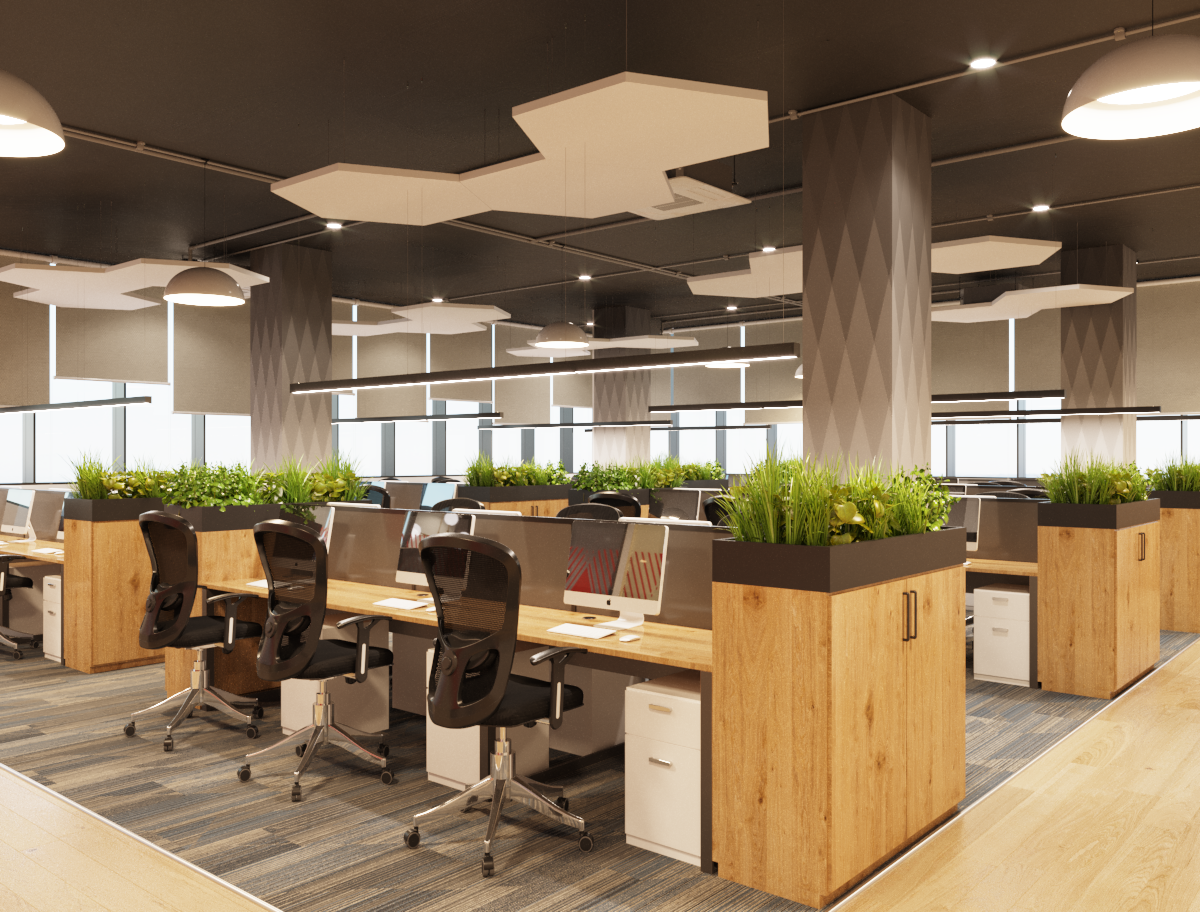
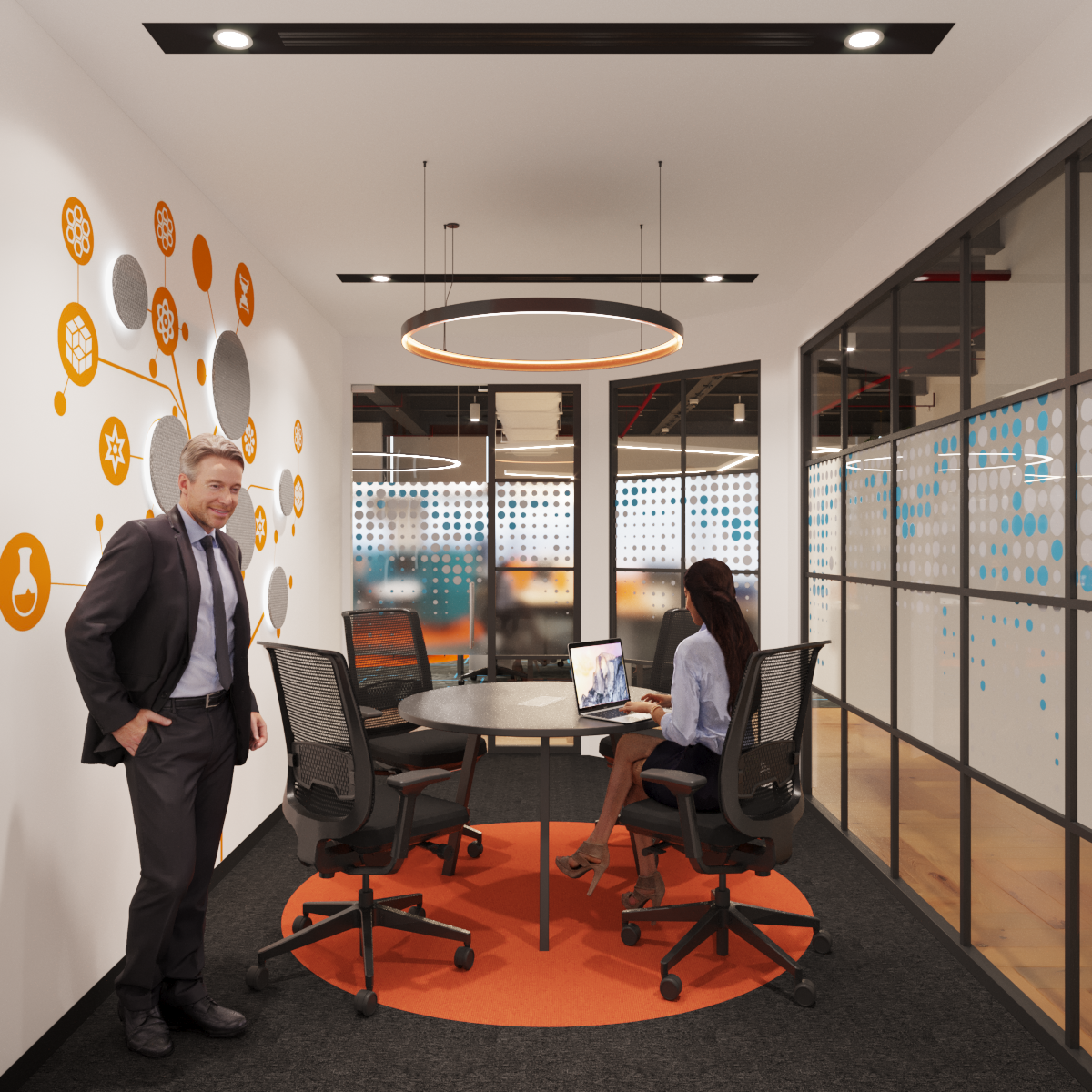
Collaborative Areas:
Co-working spaces are often designed to encourage collaboration and networking. Incorporating designated collaborative areas into the design, such as meeting rooms, communal workspaces, and lounge areas, can create a more social and interactive environment for users.
Amenities and Services:
Co-working spaces are designed to provide users with all the amenities and services they need to work productively. The design of the space should incorporate amenities such as a kitchenette, coffee bar, and printing facilities. Services such as reception, mail handling, and cleaning services should also be included to enhance the user experience.
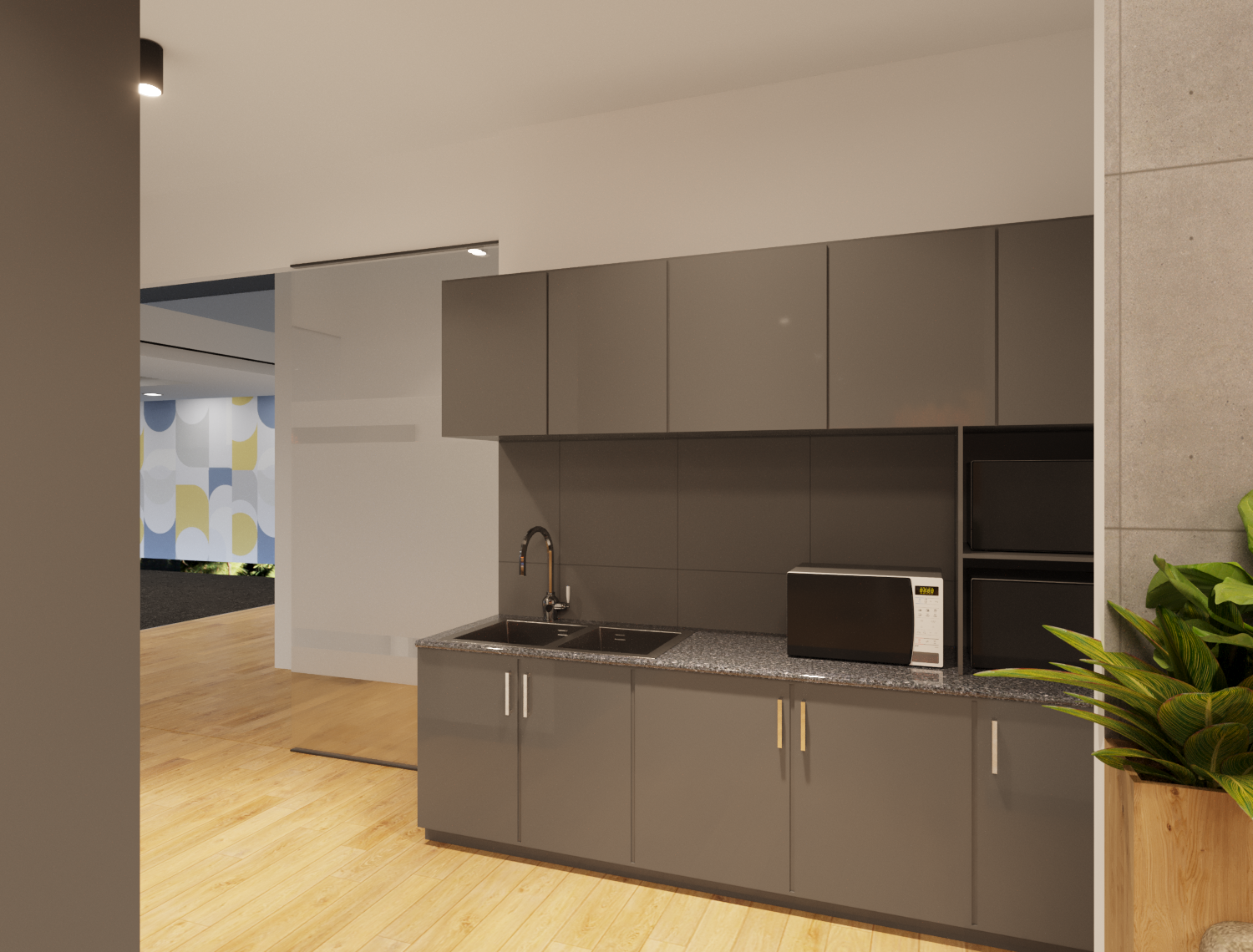
Privacy:
While co-working spaces are designed to promote collaboration and networking, users also require privacy to work effectively. The design of the space should include private workstations, phone booths, and quiet areas where users can focus and work without distractions.
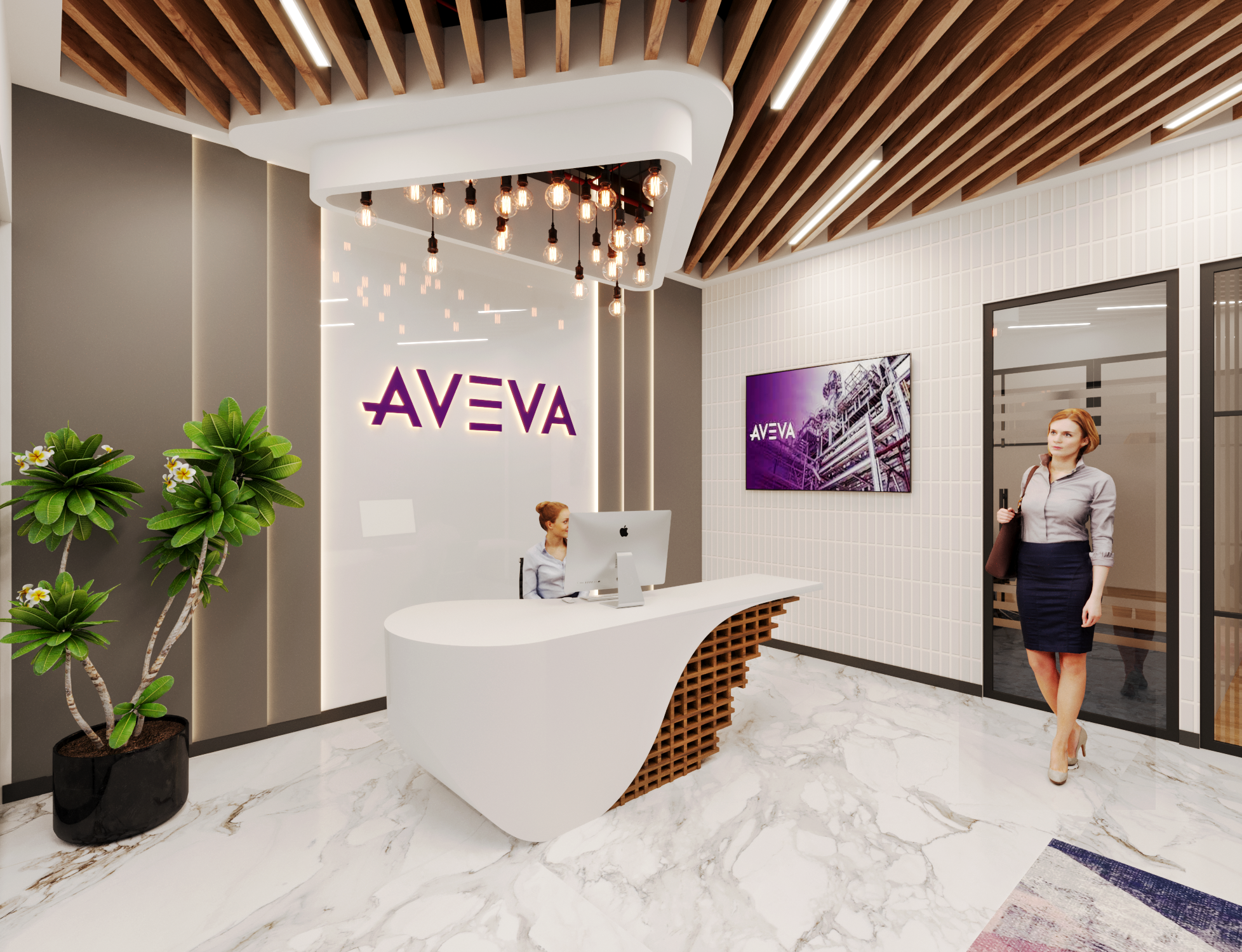
Branding:
Co-working spaces are often associated with a particular brand or identity. Interior company designs the space that reflect the brand’s values and ethos, creating a consistent and recognizable identity for the users.
Sustainability:
Sustainability is an important consideration in any modern interior design project. The design of a co-working space should incorporate sustainable features such as energy-efficient lighting, recycled materials, and green spaces
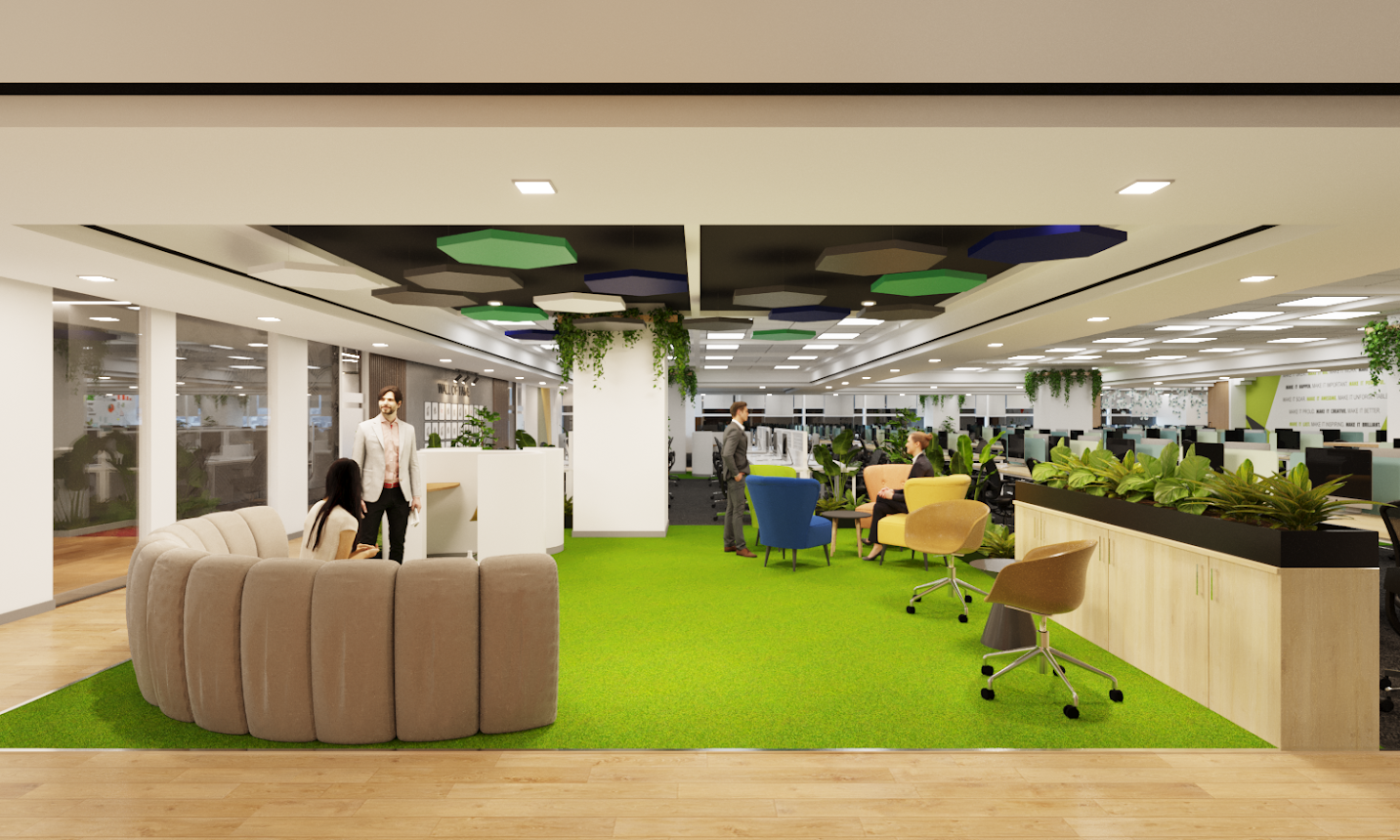
In conclusion, commercial interior design can be adapted to create functional and adaptable co-working spaces. The design should be flexible, collaborative, and incorporate technology, amenities, and services that meet the needs of the users. Privacy, branding, and sustainability should also be considered in the design process. By considering these factors, designers can create co-working spaces that are practical, aesthetically pleasing, and supportive of productivity and creativity
Lighting plays a crucial role in commercial interior design. It not only affects the functionality of the space but also sets the mood and enhances the overall aesthetic appeal. Here are some tips on how you can use lighting to enhance your commercial interior design.
Layer Your Lighting:
Layering your lighting means using different types of lighting fixtures to create depth, texture, and visual interest in the space. A combination of ambient, task, and accent lighting can help to highlight key areas of the space, create focal points, and enhance the overall ambiance.
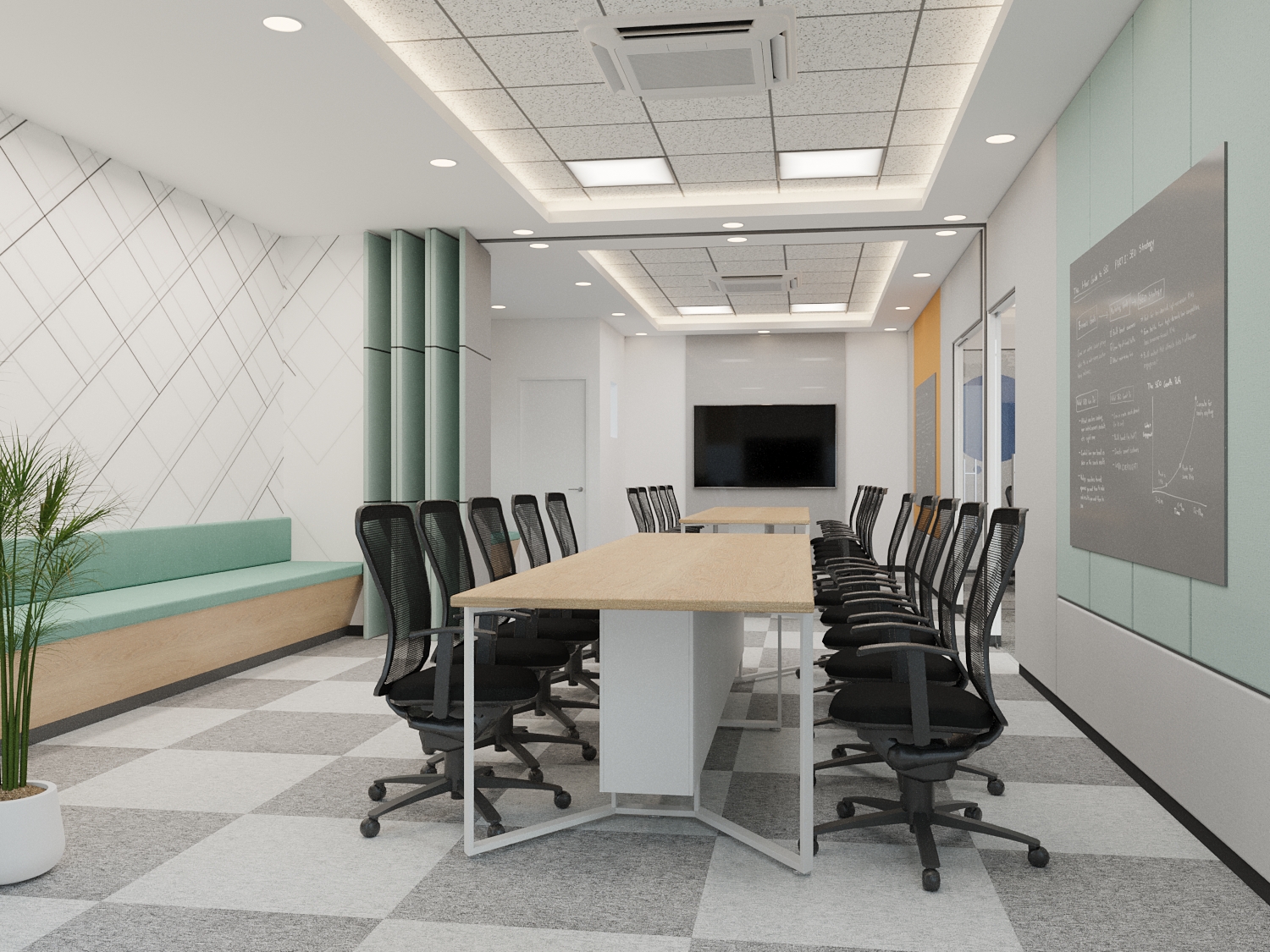

Use LED Lighting:
LED lighting is an energy-efficient and cost-effective option for commercial interior design. It lasts longer than traditional lighting and can be customized to produce various colors and intensities of light. Additionally, LED lighting can be controlled remotely, making it easy to adjust the lighting levels to suit different occasions and events.
Highlight Architectural Features:
Lighting can be used to highlight architectural features, such as columns, archways, and ceilings, to create a dramatic effect. By using focused lighting fixtures, you can highlight the texture, shape, and color of these features, adding visual interest to the space.
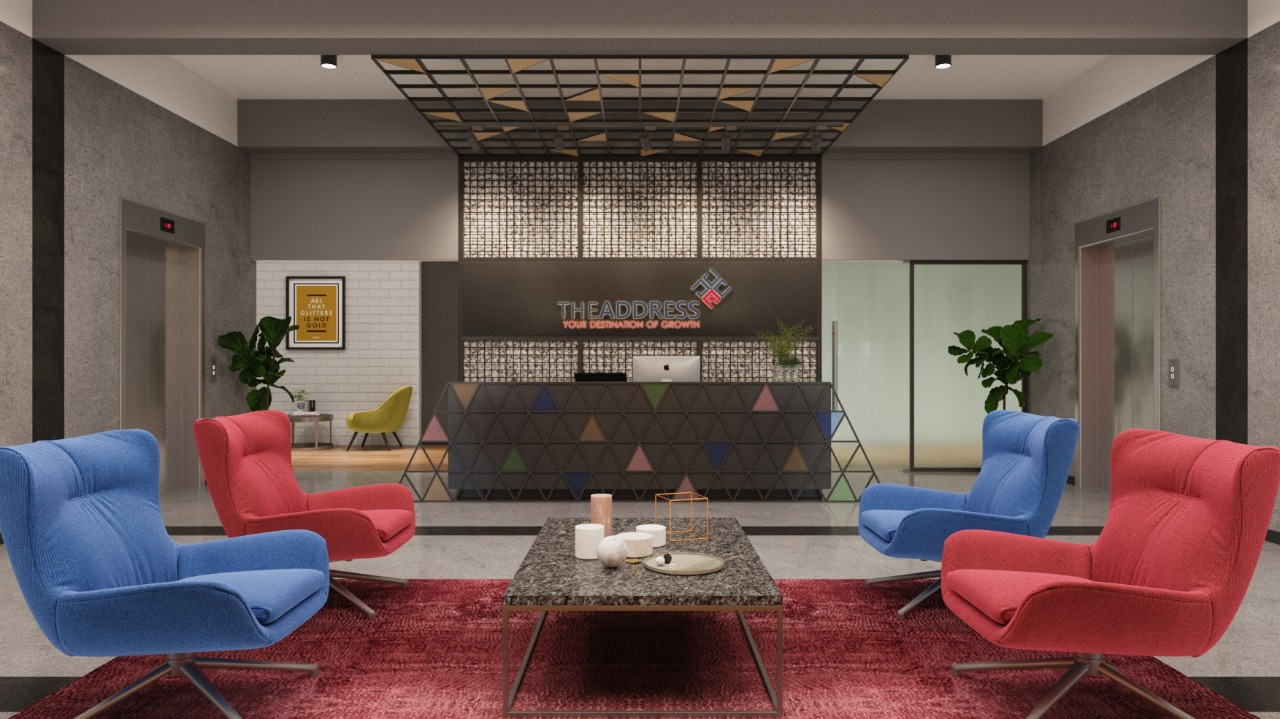
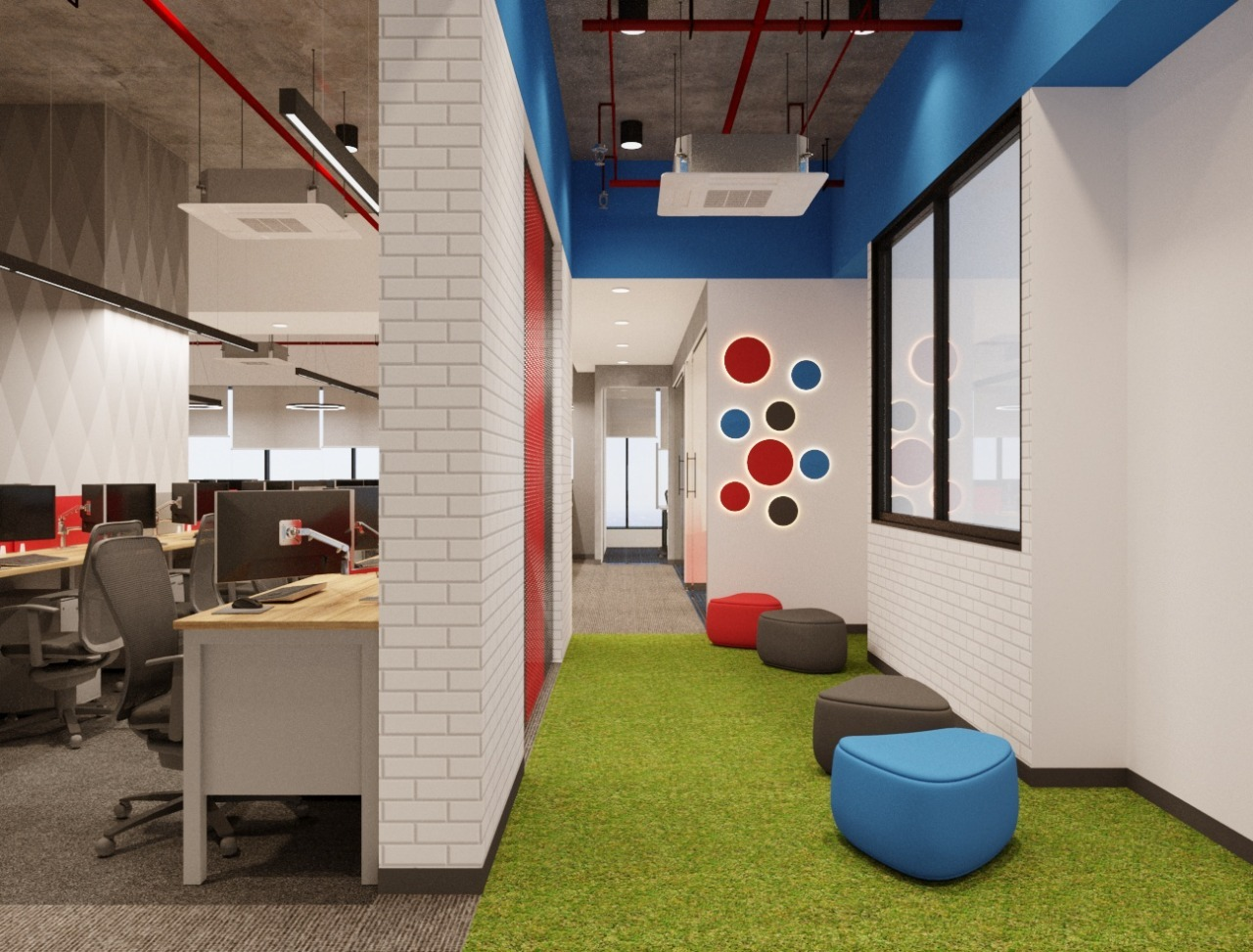
Use Color Temperature:
Color temperature refers to the color of light emitted by a lighting fixture. Warm colors, such as yellow and orange, create a cozy and inviting atmosphere, while cool colors, such as blue and green, create a more modern and energizing environment. Interior company use different color temperatures in different areas of the space,so it creates a range of moods and ambiance.
Incorporate Natural Light:
Natural light is a great way to enhance the overall ambiance of a commercial space. By using large windows, skylights, and other daylighting strategies, you can bring natural light into the space, which can help to reduce energy costs and create a more comfortable and inviting environment.
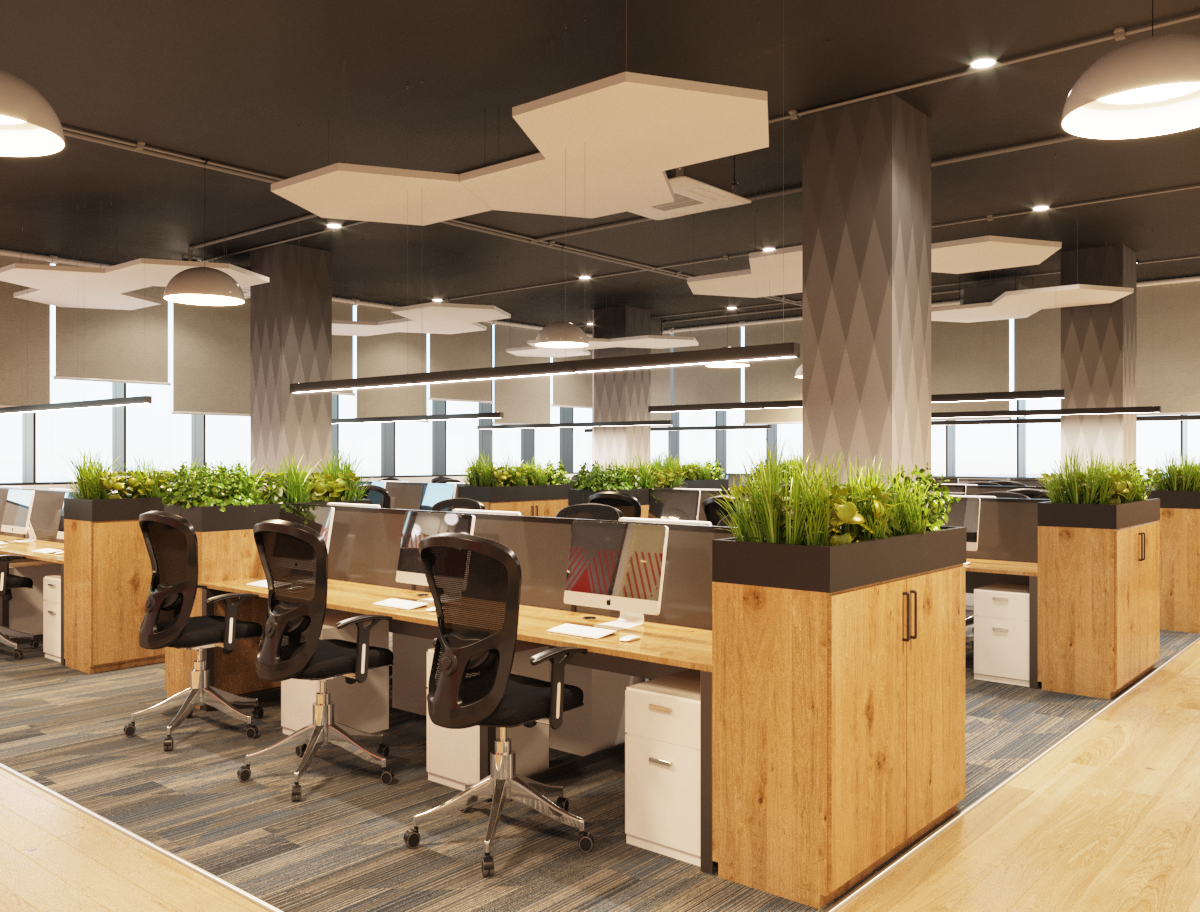
Consider Task Lighting:
Task lighting is a type of lighting that is specifically designed to illuminate work areas, such as desks, counters, and tables. By using task lighting, you can improve the functionality of the space, making it easier for employees and customers to complete tasks.
In conclusion, lighting is a crucial element in commercial interior design. By using a combination of ambient, task, and accent lighting, LED lighting, highlighting architectural features, using color temperature, incorporating natural light, using dimmers, and considering task lighting, you can create a visually appealing and functional commercial space. By carefully selecting and positioning your lighting fixtures, you can enhance the overall ambiance of the space, making it more comfortable, inviting, and enjoyable for everyone who enters.